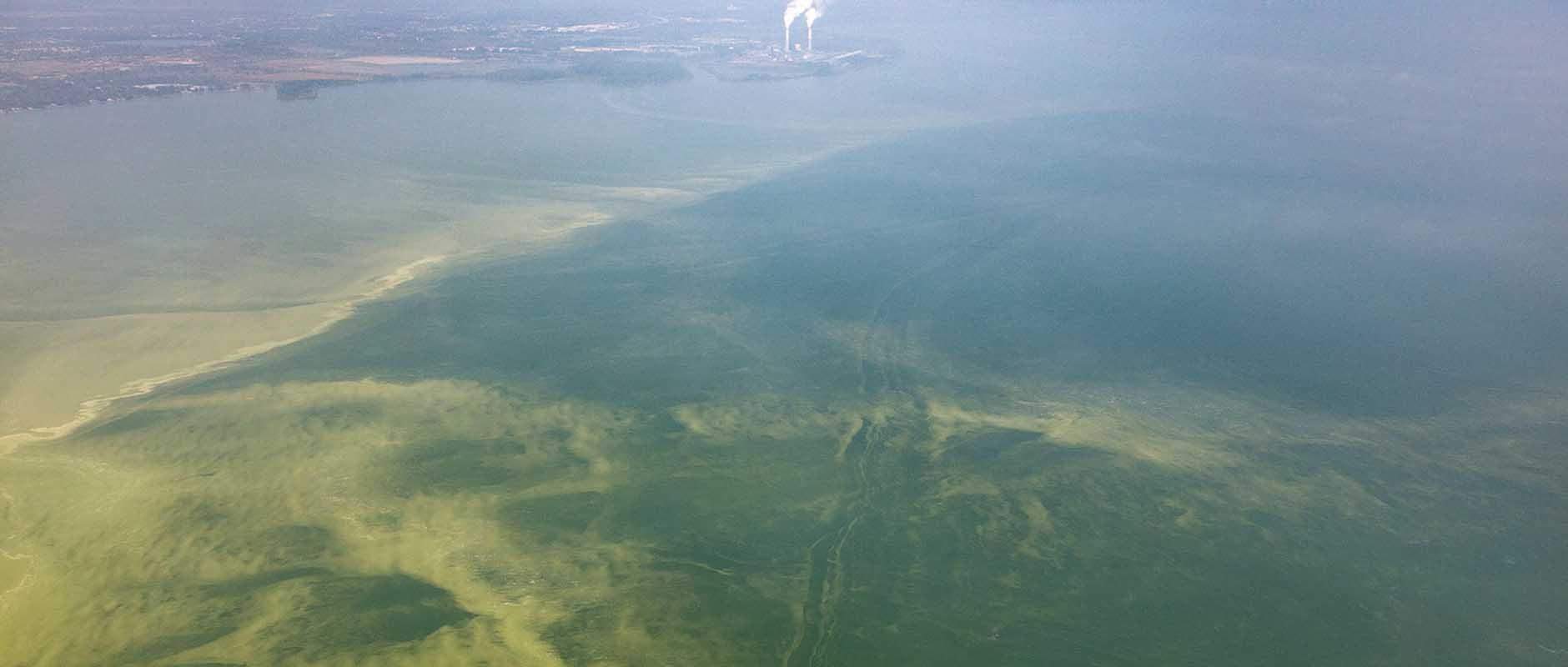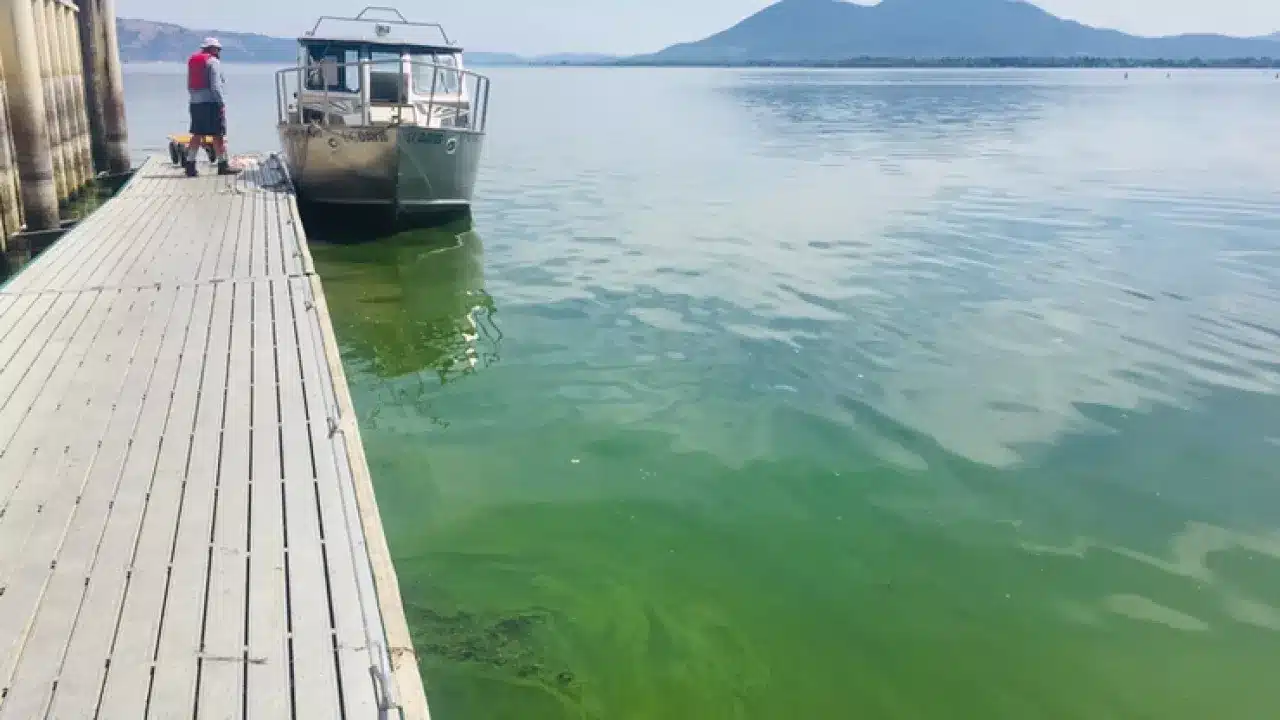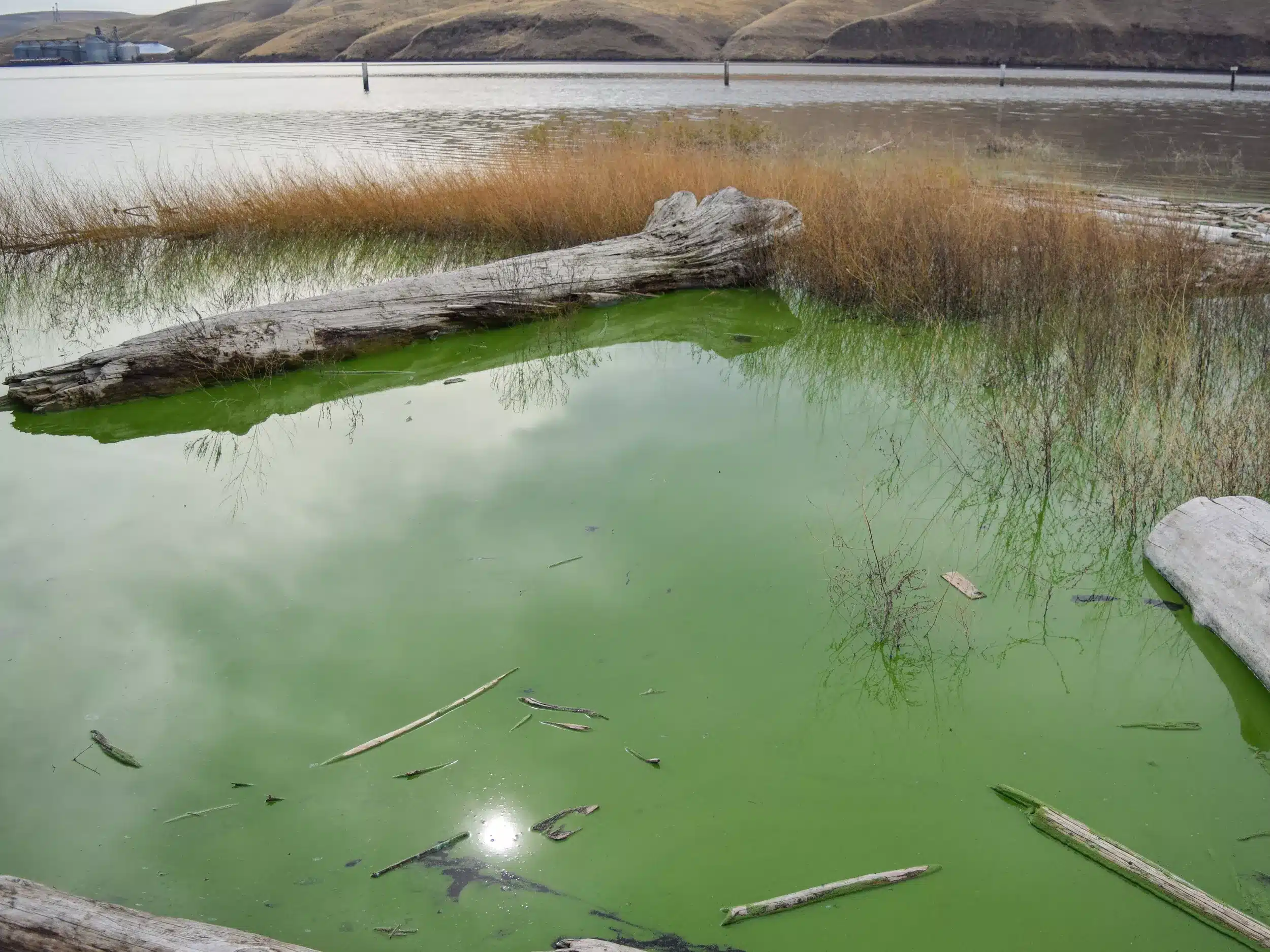Harmful algal blooms (HABs) are an increasing environmental threat affecting fresh and marine waters worldwide. These blooms occur when harmful algae, including bacteria called cyanobacteria in freshwater HABs and marine dinoflagellates in marine HABs, grow excessively due to nutrient pollution and favorable environmental conditions such as warm water temperature and coastal upwelling. Most blooms produce toxins that impact human and animal health, aquatic life, and local and regional economies. These algal toxins can cause skin irritation, respiratory problems, neurotoxic shellfish poisoning, paralytic shellfish poisoning, and contaminate seafood, drinking water, and recreational waters. In this article, we review five of the most dangerous algae blooms of 2022, emphasizing their effects on marine mammals, fish farms, and coastal communities along the west coast and other regions. The persistence and severity of these blooms highlight the urgent need for improved monitoring, management, and reduction of nutrient inputs to protect aquatic ecosystems and human and animal illnesses caused by these harmful algae blooms.
Lake Erie
It was no surprise to see toxic algae turning Lake Erie green in 2022, but what was unexpected was the type of algae and how long it stayed this year. The annual appearance of goopy scum on the lake typically lasts for about a month, but this year the blue green algae bloom lingered well into November, continuing to grow after Halloween and perplexing researchers who are reviewing their forecasting models. According to Rick Stumpf, an oceanographer at the National Oceanic and Atmospheric Administration (NOAA) who leads Lake Erie algae forecasting, “This was long. It definitely dragged on for another month beyond some of the recent years.” Lake Erie’s harmful algal blooms, primarily caused by cyanobacteria that produce toxins such as microcystins, pose serious risks to human and animal health, aquatic life, and local economies. These algal toxins can contaminate drinking water sources, cause fish kills, and disrupt the food chain. Efforts to reduce nutrient runoff, particularly phosphorus and nitrogen from agricultural and urban sources, are critical to managing these harmful algae blooms in freshwater systems like Lake Erie.
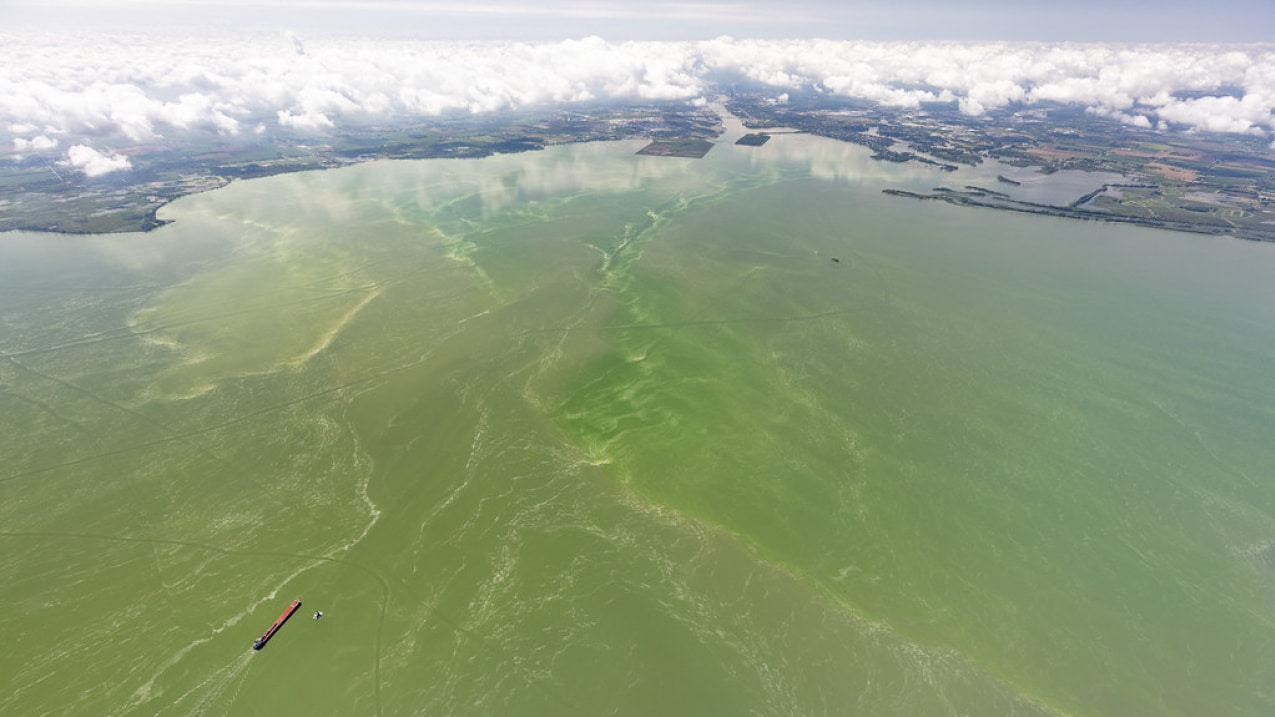
San Francisco Bay
The harmful algal bloom that occurred in San Francisco Bay in late July 2022 was a significant environmental event with widespread impacts on local marine ecosystems and regional economies. This bloom was primarily caused by the harmful algal species Heterosigma akashiwo, a type of marine dinoflagellate known for producing potent toxins that can kill fish and other aquatic organisms. Climate change, including rising water temperatures and altered water circulation patterns, likely contributed to the bloom’s development and persistence by creating favorable conditions such as increased water temperature and nutrient availability. The calm weather allowed sunlight to penetrate the normally turbid waters, fueling the growth of this dense bloom.
The bloom manifested as a red tide, coloring the water reddish-brown in the eastern part of the bay and spreading to other areas including Lake Merritt and the San Francisco shoreline. This event caused extensive fish kills, with dead fish washing up on beaches near Mare Island and ferry terminals in Alameda. The toxins produced by Heterosigma akashiwo affected the central nervous system of marine animals, contributing to respiratory irritation and mortality. Additionally, the bloom disrupted local fisheries and shellfish harvesting, leading to economic losses in the seafood industry and impacting local and regional economies dependent on fishing and aquaculture. The event highlighted the vulnerability of marine environments to harmful blooms and underscored the need for improved monitoring and management strategies to mitigate the impacts of such harmful blooms in both fresh and marine waters.
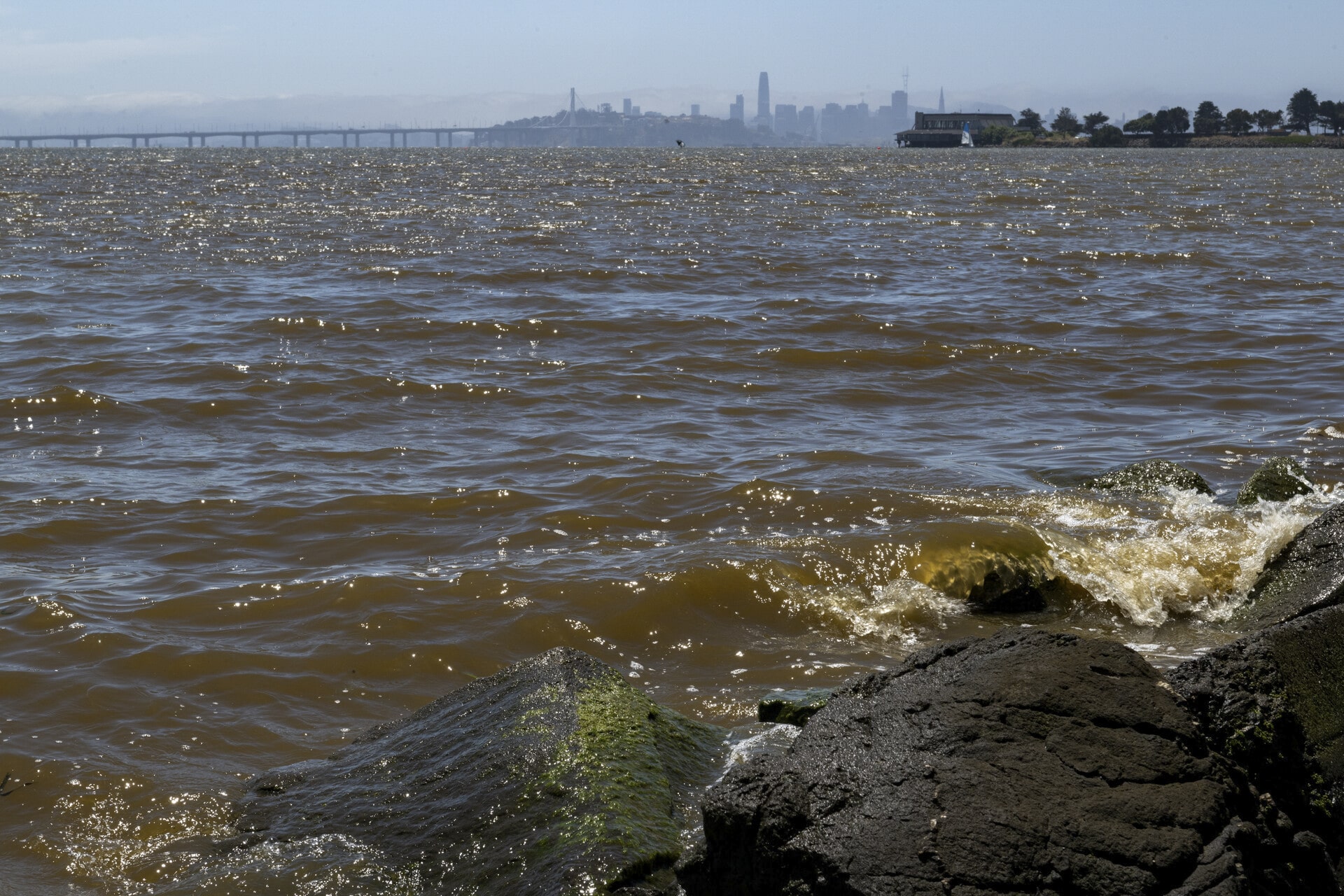
Clear Lake
Clear Lake in California has experienced some of the most severe blue green algal blooms in recent years, with toxin concentrations reaching dangerously high levels early in the season. These cyanobacterial blooms produce harmful toxins that pose risks not only to human health but also to aquatic life and the lake’s overall ecosystem. Exposure to these toxins can cause skin irritation, gastrointestinal issues, respiratory problems, and neurological symptoms in humans and animals. Due to the severity of the blooms, local authorities have issued health advisories warning residents to avoid contact with the water and have provided treated drinking water to households relying on private water systems, as untreated lake water may be unsafe. The blooms have led to significant fish kills, severely impacting local fisheries and aquatic biodiversity. Additionally, the blooms produce a strong, unpleasant odor that can induce headaches and nausea among nearby populations. Ongoing research is focused on understanding the contributing factors to these blooms, including nutrient runoff from agricultural activities, increasing water temperatures, and climate change effects. Efforts to mitigate the blooms include reducing nutrient inputs, monitoring water quality, and public education to minimize exposure risks.
Oder River
In the summer of 2022, the Oder River in Germany and Poland experienced a severe environmental crisis marked by the death of at least 300 tons of fish, primarily due to a massive harmful algal bloom. This bloom was driven by a toxic brackish water algae species that proliferated following a sudden increase in the river’s salinity and nutrient levels, conditions likely exacerbated by climate change and human activities such as agricultural runoff and industrial pollution. Satellite imagery and chlorophyll concentration data confirmed the extensive presence of the bloom, which produced potent toxins harmful to aquatic life. The algal toxins caused widespread fish kills and disrupted the river’s ecosystem, impacting not only aquatic organisms but also local economies dependent on fishing and tourism. Environmental agencies from Germany and Poland, along with research institutions like the Leibniz Institute of Freshwater Ecology and Inland Fisheries and the University of Leipzig, have been monitoring the situation closely. Efforts are ongoing to identify the bloom’s exact causative species among harmful algal bloom (HAB) species and to mitigate future occurrences by addressing nutrient pollution and improving water management practices in the affected water bodies. This incident highlights the growing threat of harmful algal blooms in freshwater environments under changing climatic conditions and the urgent need for coordinated regional responses to protect aquatic plants, marine mammals, and human and animal health from the impacts of algal toxins.
Lake Ypacaraí
Lake Ypacaraí in Paraguay continues to face severe challenges from harmful algal blooms, particularly during the warmer months when blue-green algae (cyanobacteria) proliferate extensively. These blooms often turn the water bright green, resembling spilled green paint, and produce strong odors that affect local communities. The cyanobacteria produce potent algal toxins that pose significant risks not only to human and animal health but also to aquatic life and the local economy, especially tourism and fisheries.
Recent studies indicate that nutrient pollution remains the primary driver of these blooms, with untreated sewage, agricultural runoff rich in phosphorus and nitrogen, and inadequate wastewater treatment infrastructure contributing heavily to nutrient loading. Climate change effects, such as rising water temperatures and altered rainfall patterns, are exacerbating bloom frequency and intensity. Additionally, internal nutrient loading from lake sediments sustains blooms even when external inputs are reduced.
Efforts by the National Commission for the Management of Lake Ypacaraí (Conalaypa) and international partners have intensified, focusing on upgrading wastewater treatment facilities, implementing sustainable agricultural practices, and restoring wetlands to act as natural filters for runoff. However, experts estimate that investments exceeding $600 million are necessary to modernize the region’s sanitation infrastructure adequately.
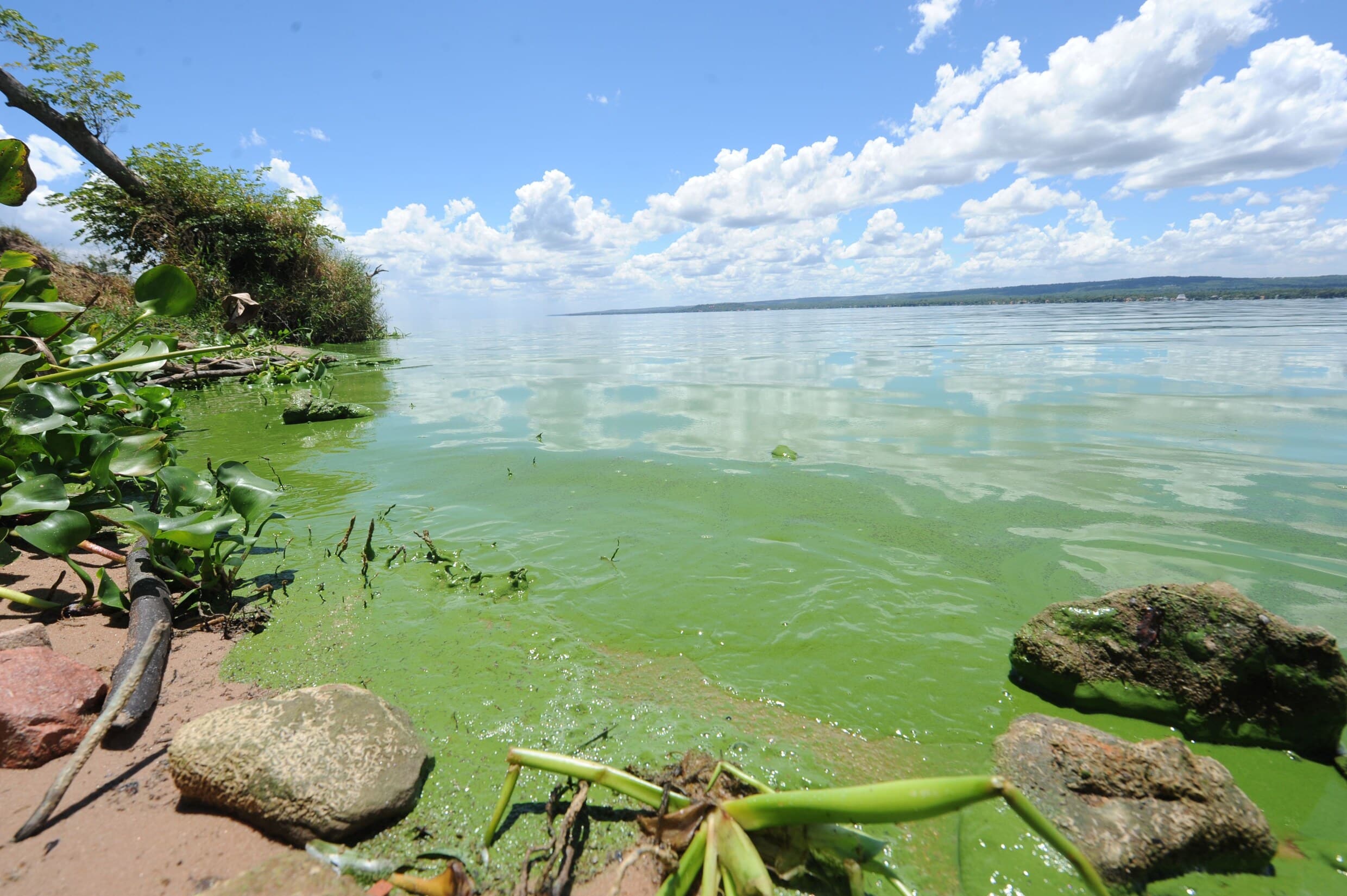
Public health concerns are significant, as exposure to toxins through contact with contaminated water or inhalation of airborne water droplets can cause skin irritation, respiratory issues, and gastrointestinal illnesses. Authorities advise avoiding swimming or using untreated lake water for drinking, irrigation—including drip irrigation—and recreational activities during bloom events.
Addressing the harmful algal blooms in Lake Ypacaraí requires comprehensive regional collaboration to reduce nutrient pollution in surface waters, protect freshwater lakes, monitor harmful species continuously, and safeguard human and animal health from the effects of cyanobacteria-produced toxins. These measures are crucial to preserving the lake’s ecological balance and supporting the livelihoods dependent on its resources.
